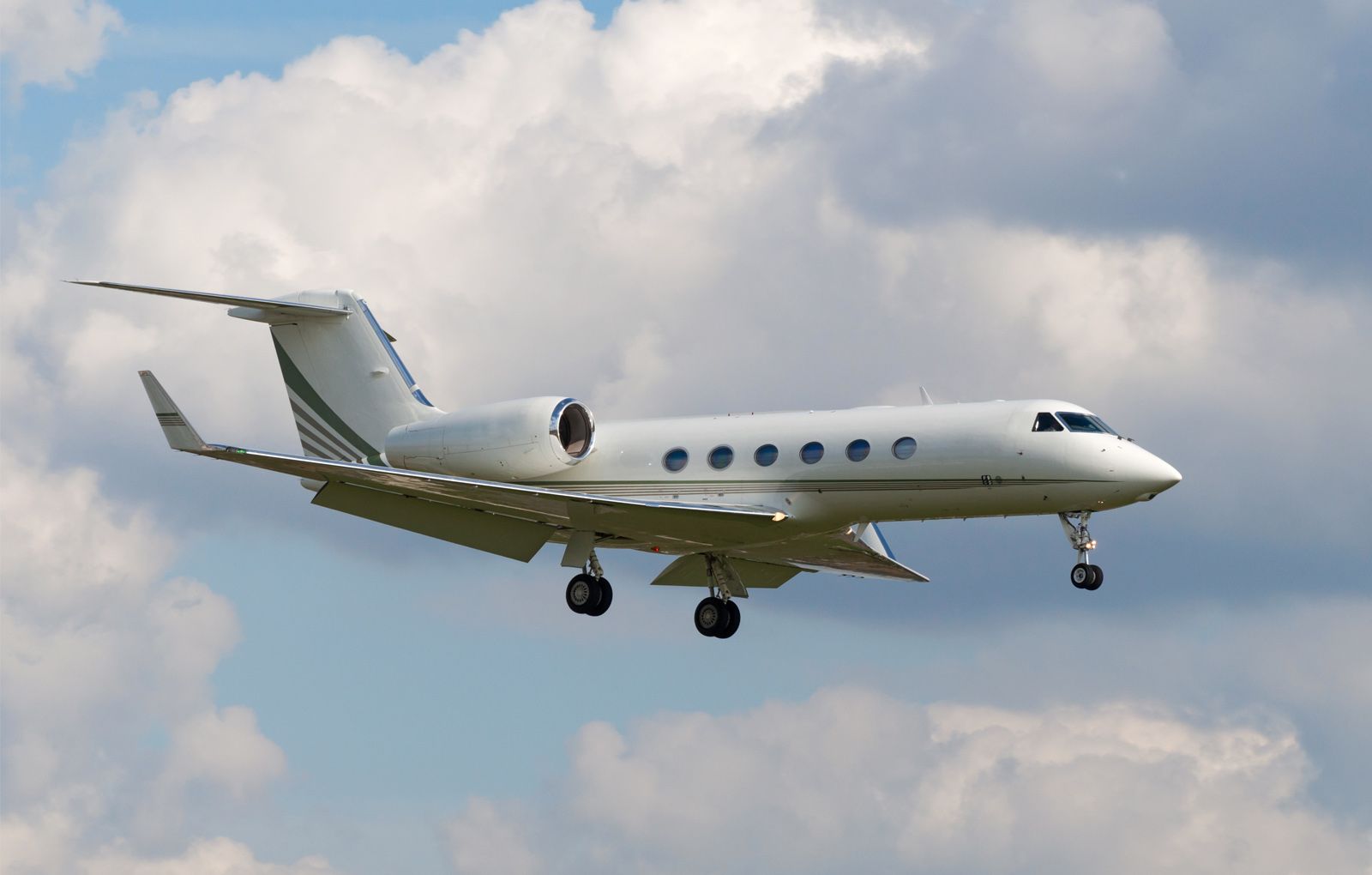Air travel is often perceived as a marvel of engineering that connects disparate locales, yet its intricate relationship with atmospheric phenomena is less understood. This paper delves into a compelling phenomenon: how aircraft, through their mere passage, can induce precipitation, effectively ‘punching holes’ in clouds and altering weather patterns. This interaction raises significant inquiries about the interplay between aviation and meteorology, fundamentally shifting our understanding of both fields.
The latent potential of aircraft to manipulate weather stems from their interaction with cloud microphysics. Clouds are essentially clusters of tiny water droplets or ice crystals that can grow larger and coalesce under the right conditions. When an aircraft ascends through these clouds, its wingtips disturb the delicate equilibrium of the ambient air, thus instigating a series of complex interactions. The turbulence generated by the wings alters the airflow, which can lead to the condensation of additional water vapor. The phenomenon, termed “wake turbulence,” is characterized by the vortices created at the tips of the wings. These vortices enhance the mixing of air layers, substantially impacting the microphysical processes within the cloud.
Moreover, atmospheric pressure disturbances caused by an aircraft’s passage can catalyze the process of cloud droplet coalescence. In essence, as these droplets are jostled by the altered air currents, their chances of merging into larger droplets increase. Once they exceed a critical size, they will succumb to gravitational forces, falling as precipitation. This remarkable intersection of aviation and meteorology illustrates the latent influence that aircraft can exert on local weather patterns, highlighting an often overlooked aspect of aviation’s environmental footprint.
To comprehend the broader implications of this phenomenon, one must explore the role of aircraft within the earth’s atmosphere. The aviation industry is a conspicuous contributor to anthropogenic climate change, emitting greenhouse gases and particulate matter that affect atmospheric chemistry. Alongside these contributions, the ability of aircraft to trigger precipitation presents a paradox. On the one hand, they can provide much-needed moisture to parched regions. On the other, they may inadvertently exacerbate localized flooding in vulnerable areas by enhancing rainfall in specific, unintended locales.
In our increasingly tech-centric world, the exploration of this relationship between aircraft and weather also opens avenues for innovative weather modification practices. For instance, some researchers have proposed the intentional deployment of aircraft to disperse cloud-seeding agents—substances that encourage rain formation—over drought-stricken areas. This technique, while controversial, underscores an evolutionary trajectory of utilizing aviation not merely as a mode of transport but as a tool for proactive climate intervention. Such endeavors could reshape our approach to managing water resources and addressing issues related to climate variability.
Further elucidating the unpredictability of this dynamic is the apparent variance in the effects of different aircraft types on weather patterns. Commercial jets commonly operate at altitudes where atmospheric conditions can significantly enhance their wake turbulence. Conversely, light aircraft, due to their limited size and altitude, may exert negligible influence on large-scale weather systems. This disparity points to the necessity for nuanced understanding when assessing aviation’s contribution to meteorology, potentially guiding regulatory policies and operational practices within the industry.
Interestingly, the implications of aircraft-induced precipitation extend beyond the localized scope of their routes. Studies have indicated that large-scale aviation operations may contribute to changes in regional climate patterns, particularly in densely trafficked air corridors. The microphysical effects of countless aircraft traversing a flight path can accumulate, influencing broader meteorological systems. This prospect raises compelling questions regarding the potential of coordinated air traffic management to mitigate adverse weather effects associated with flight operations.
Moreover, the synergy between aircraft and weather extends into the realm of global climate modeling. Current climate models often omit the effects of aviation-induced weather phenomena, leading to gaps in predictive capabilities. Addressing this oversight could refine our understanding of climate dynamics, allowing for more robust models that account for the myriad of interactions present in the atmosphere. Integrating these insights into future climate assessments could influence policymaking and resource allocation in combating climate change.
In summary, the phenomenon of aircraft puncturing the clouds and generating rainfall exemplifies a complex, interdependent relationship between aviation and meteorology. This seemingly esoteric dynamic compels a reconceptualization of our understanding of how human activities shape environmental conditions. While offering transformative potential for mitigating drought and enhancing regional precipitation, it simultaneously poses challenges related to flood management and long-term climate implications.
The dialogue surrounding this topic invites further inquiry and exploration, as researchers and policymakers grapple with the multifaceted effects of air travel on weather systems. As the aviation industry evolves, so too must our approach to understanding and managing its impacts on the atmosphere. This journey into the atmospheric realm serves not only as a testament to human ingenuity but also as a reminder of our profound interconnectedness with the earth’s climatic systems.










